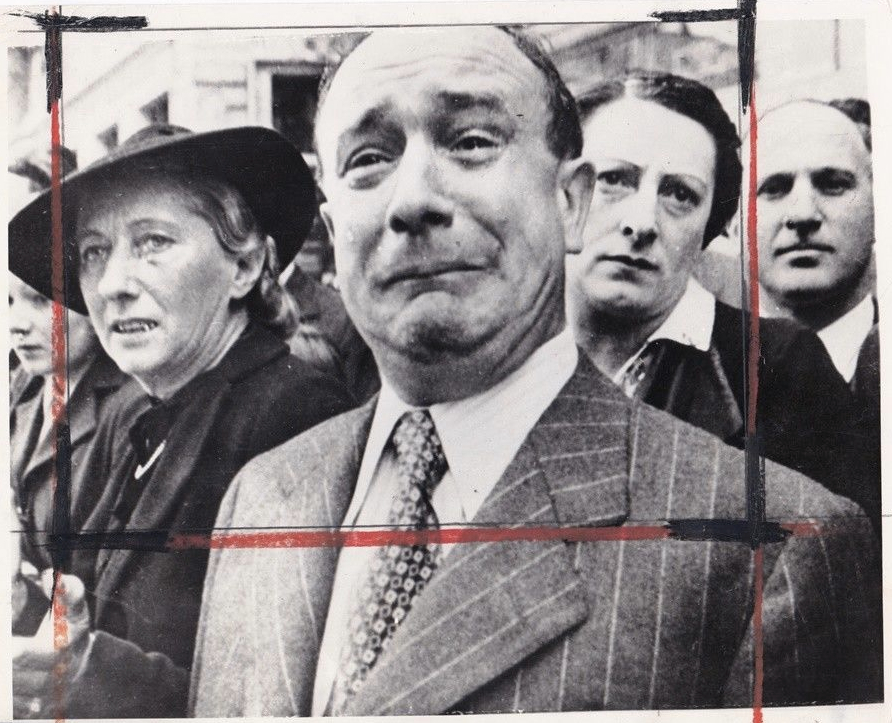I recently purchased a photograph by a young Greek photographer. I really enjoyed the feel of the image and the mystery that he has achieved with what could either be simple analogue tools, or some heavy computer intervention. I prefer to think it is the first! Of course.
I did what I always do, ignoring the context entirely. The photograph was in a selection by the photographer that showed up this morning in one of my photography newsletters. I figure that given all the shows and exhibitions around the world that are suffering either from COVID-closure, or a very restricted audiences, that we owe it to the photography community to buy a piece here and there to keep everyone committed to their art in bread and water, if not steak and Chateau Lafite.
I may have made the purchase as a reaction to the news that for the first time in 20 years, I will not be attending Paris Photo, which was cancelled yesterday. The Paris Photo organizers hung on much longer than they should. My gallery friends said months ago that they would not take booths this year… that 50% of sales go to the United States, and given what is going on in the US, it would be unlikely that many, or any Americans would attend, or even be allowed to attend, etc. Long story short; Paris Photo finally bowed to the increasing number of COVID cases in France and elsewhere, as well the recently imposed restrictions on the size of crowds.
Feeling my growing depression over not going Paris Photo, I was so pleased to see something I liked in one of my newsletters and jumped on the chance to acquire a super photograph.
But, I digress… the reason for today’s blog entry is for me to perhaps suggest that there is great danger in the written word. Personally, I don’t like artist’s statements, nor do I like curator’s commentary most of the time. I like to let a photograph speak to me on it’s own terms and having that impression help form my interpretation of what is happening in the image, and my response to it.
The danger to me comes when the artist sets out on some kind of verbose rampage and completely messes with my feeling, or interpretation of a work. There is a degree of risk here. Because, if I see it, love it and want it, but then read that my reaction to the image is completely off side, relative to what the photographer says she, or he intended, one of two things happen: Worst case; I turn around, shake my head and walk away, or best case; I buy it anyway and spend the rest of my life trying to dispel from my mind the statement made by the artist.

The image here I love. Beautifully executed, the image allows my imagination to go wonder, while the other half of my brain goes on to an internal dialogue about the technical aspects of the execution – utterly hoping that it is not all about software.
Here is a portion of the artist’s statement:
“….. Each photo is an entity, which includes a certain mental condition. So, we are dealing with a variety of emotional loads within a world that is equally ambiguous with ours. The forms obtain a dreamlike dimension. Sometimes you can not easily understand their contours. Τhe exploration of the forms inside the photographs gives us the opportunity to discover the various aspects of our psychosynthesis.”
In this particular case, I went ahead and purchased the photograph, because I really think it is a great photograph, but it was close. I almost walked away.
The lesson here is to not overthink the work, or at least let it speak for itself, because paraphrasing one of my favorite Japanese photographers: If I could write, I would not be a photographer.
Harbel












 The dreamer. By Harbel
The dreamer. By Harbel